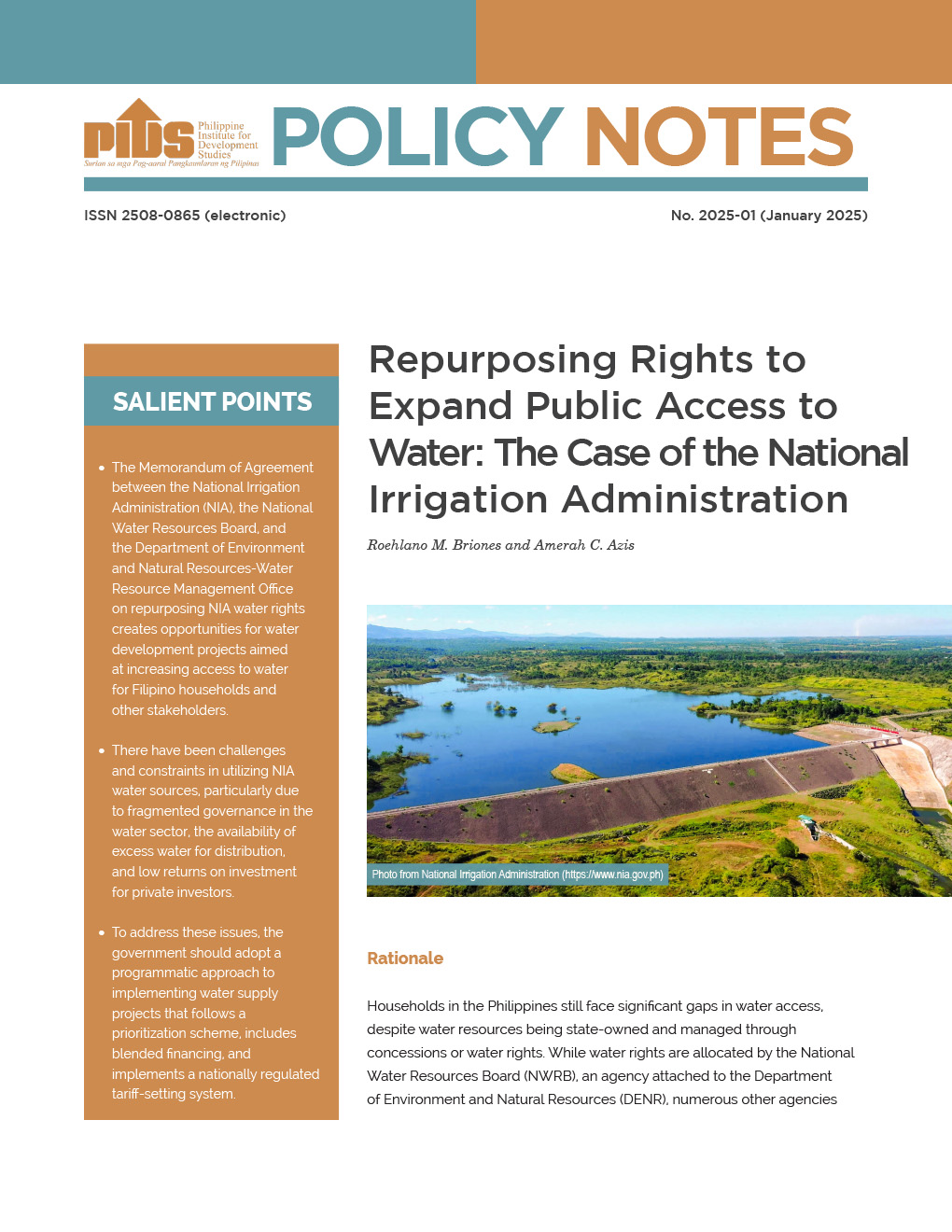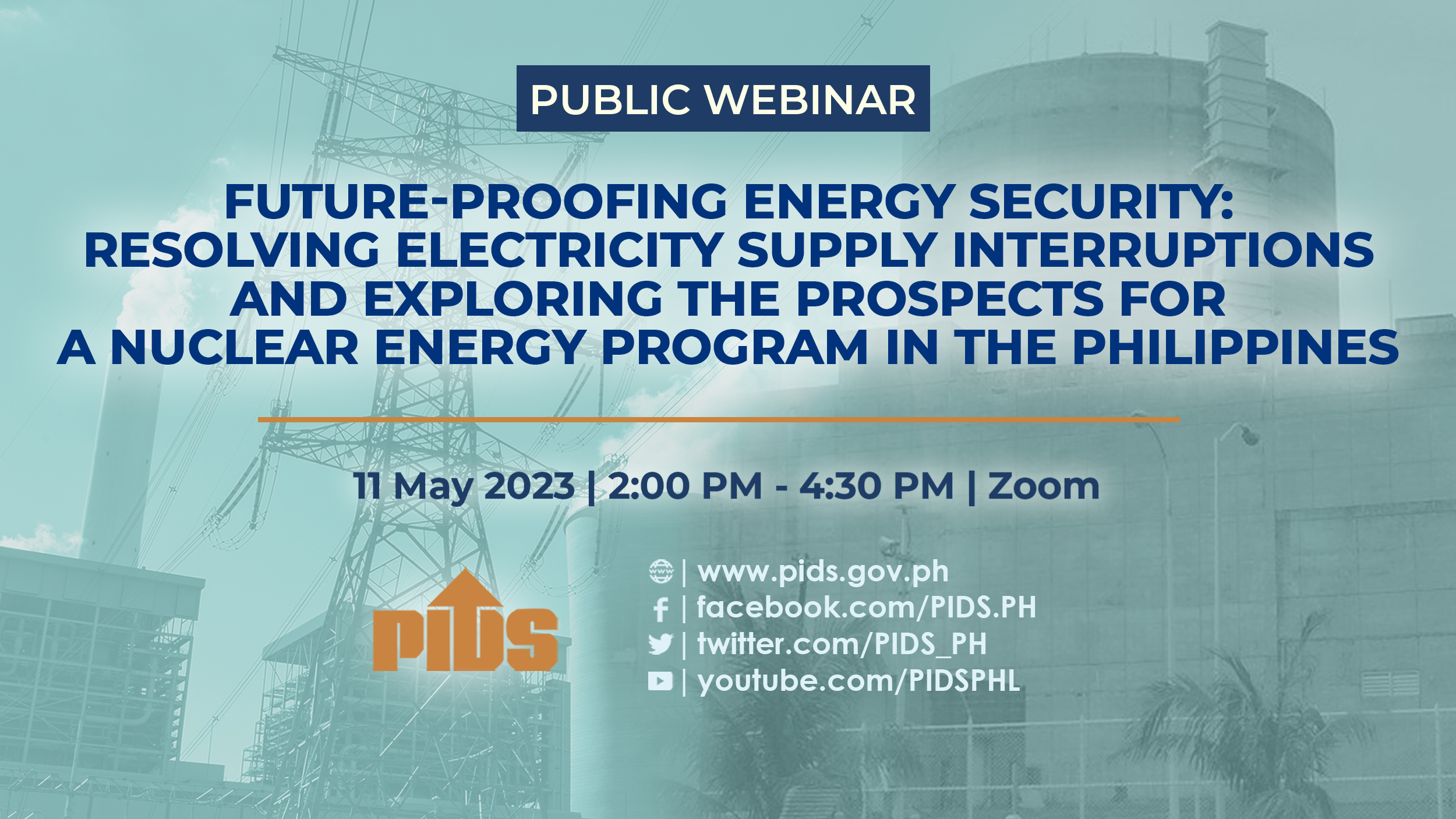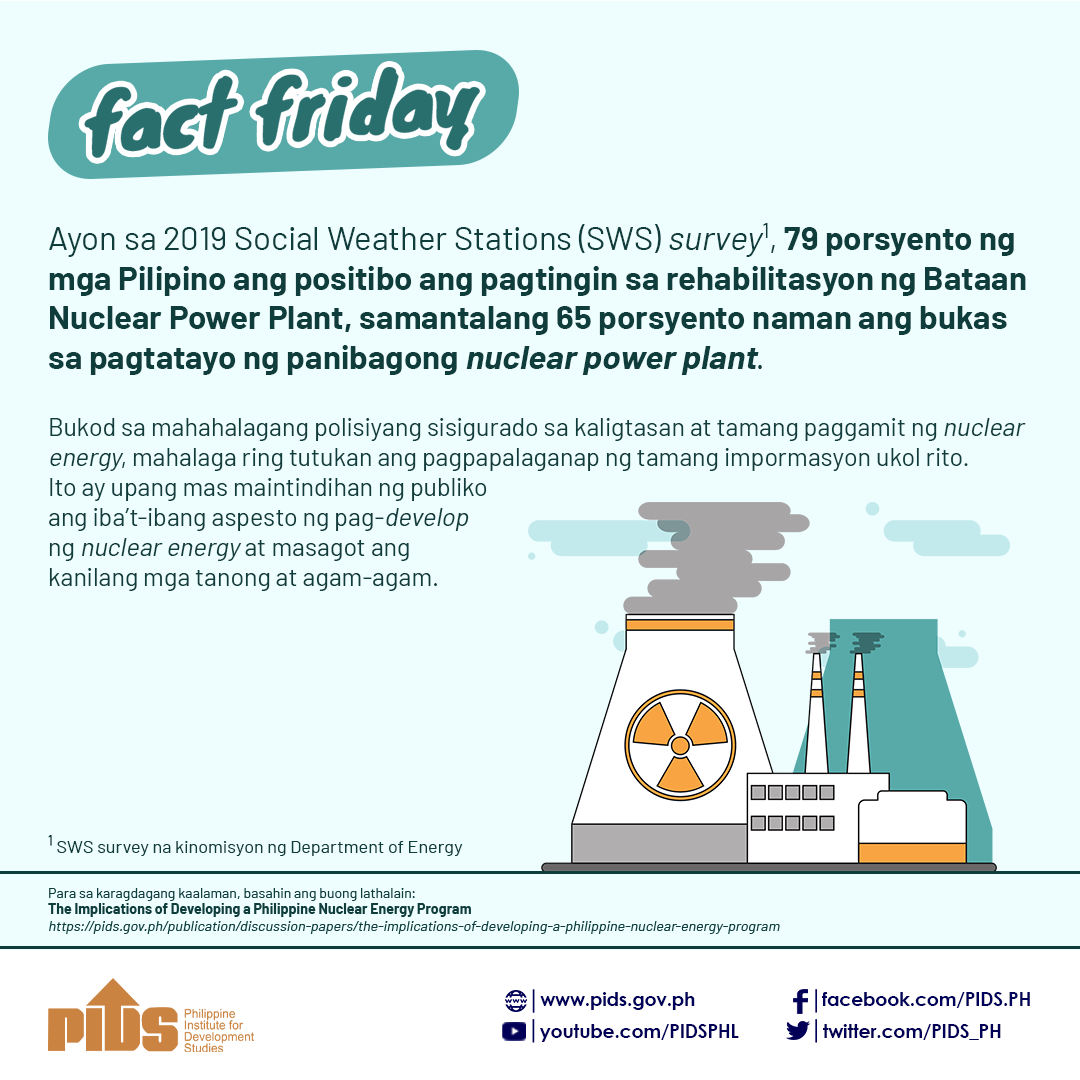The International Energy Agency (IEA) has urged Southeast Asian countries to increase the share of natural gas as power supply with the projected surge of electricity demand in the Asean region.
IEA global energy policy office Asia Pacific and Latin America division head Misako Takahasi, during the Natural Gas Summit 2015 at the Intercontinental Hotel in Makati City running from March 5 to 6, said power demand in Southeast Asia is expected to surge by 80 percent in 2035.
"The engine of demand growth moves to Asia. Asean energy demand increases by over four-fifth in the period of 2035, or by more than the current energy consumption of Japan,” she said.
But Takahashi noted that the 80-percent increase is still a normal rate given the projected growth of Southeast Asian economy supported by the Asean Economic Community (AEC) taking place by end-2015.
The population growth and the number of population without access to power will also drive the increase in demand in the incoming years.
"This rate is not surprising given the large population and economic growth of Southeast Asia,” the IEA official said.
In the region, only Singapore and Brunei Darussalam have 100 percent of its population have access to electricity, according to a study of Philippine Institute for Development Studies.
In the Philippines, 16 million of the population has no access to electricity. Even higher for Indonesia at 63 million individuals with no access to power; Myanmar with 26 million; Cambodia with 10 million; Thailand with 8.0 million; Laos with 2.2 million; Vietnam with 2.0 million; and Malaysia with 200,000 of its population
"The challenge for the region is whether it’s prepared or not for this demand,” Takahashi noted.
She urged that power supply in the region must evolve from coal to natural gas as coal-fired power plants have contributed a lot to climate change which will cause detriments to economic prospects.
But the IEA projected that coal will remain the main source of power in Southeast Asia in the incoming years, followed by renewable, gas, and nuclear energy.
Takahashi, however, noted that volume of liquefied natural gas will double by 2035.
Takahashi also said the IEA supports the Trans Asean Gas Pipeline (TAGP) Project which envisioned to establish interconnecting arrangements of electricity and natural gas among the ten member-states of Asean to ensure greater security and sustainability of energy supply in the region.
According to Asean Council on Petroleum (ASCOPE), the TAGP Project–led by Malaysia’s PETRONAS–has already established 11 bilateral connections with a total of 3,020 kilometers of pipeline connections making possible the transmission of gas among ASCOPE member countries.//PNA












